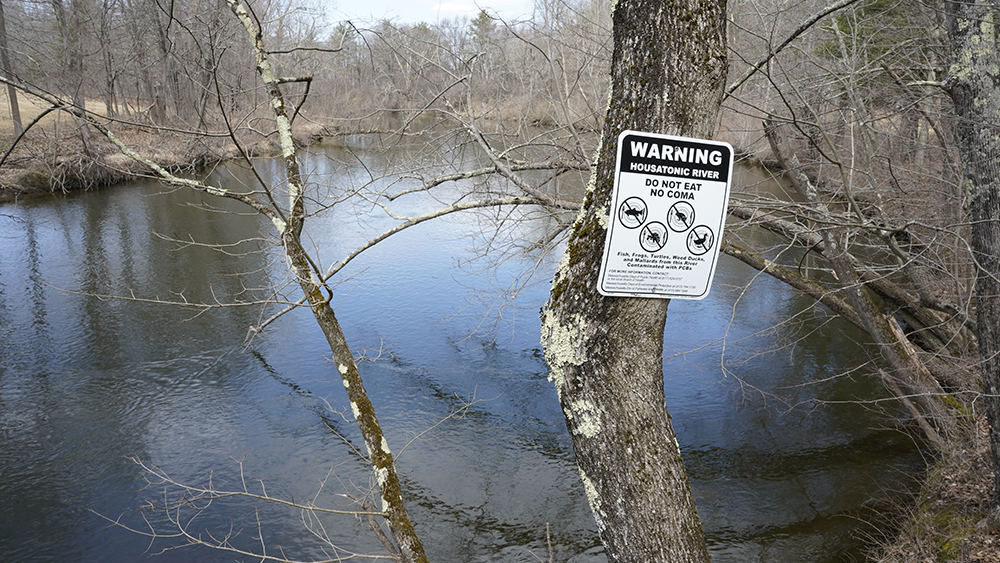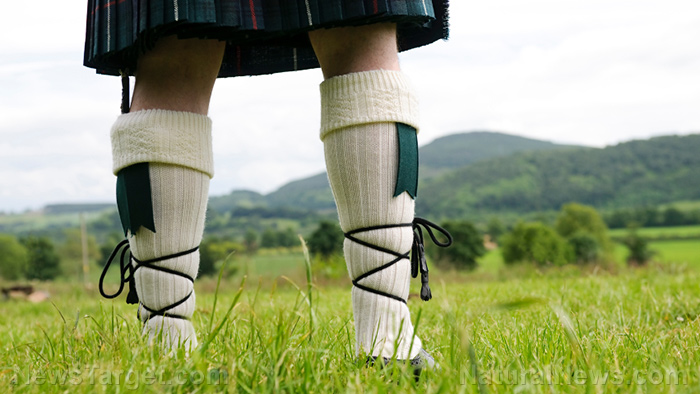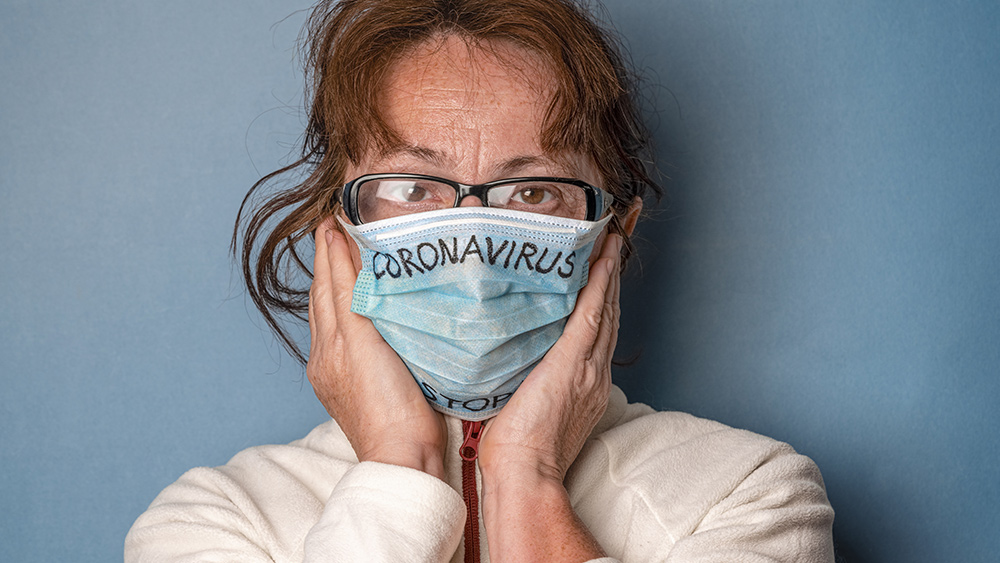Good fish, bad fish: How to avoid contaminants and support sustainably farmed fish
02/16/2021 / By Virgilio Marin

Fish forms an important part of a healthy diet. It is packed with nutrients necessary for good health, such as omega-3 fatty acids and vitamin D. As an animal-based food, it is one of the healthiest sources of protein and one of the best meats to add to your diet. Sadly, ocean pollution and destructive fishing practices are putting the world’s fish reserves in danger.
Toxic chemicals and bad fishing practices harm fish
Many of the seas around the world are now polluted. This means that a lot of the fish that’s caught for food has already been exposed to toxic chemicals. Because fish tissue tends to be fatty and most environmental contaminants are fat-soluble, they tend to absorb these pollutants very well. As such, fish that have ingested toxic chemicals can pose a huge threat to health.
Mercury, for instance, is known to cause reproductive health problems and nervous system disorders. According to the Environmental Protection Agency (EPA), unborn infants exposed to mercury “may be at an increased risk of poor performance on neurobehavioral tasks, such as those measuring attention, fine motor function, language skills, visual-spatial abilities and verbal memory.”
Meanwhile, polychlorinated biphenyls (PCBs) and dioxins can cause birth defects, reproductive problems, stunted growth and cancer. Fish are a major source of these toxic chemicals.
Plastics pollution and fish farming also harm marine health. At least eight million tons of plastic end up in oceans every year. And marine wildlife can ingest these or get entangled in them. On the other hand, fish farming widely employs chemicals such as pesticides and antibiotics to prevent the spread of diseases. The overuse of antibiotics in these environments further increases the likelihood of antibiotic-resistant bacteria entering the food system. (Related: Say no to raw fish: Eating raw or undercooked fish can expose consumers to antibiotic-resistant superbugs.)
Bad fishing practices also deplete fish stock
Intensive fishing practices deplete the world’s fish reserves. Commercial fishing industries harvest over 160 billion pounds of sea life out of the ocean every year. That’s almost half a billion pounds every single day. Forty percent of these fish harvests are “bycatch” — fish or other marine species caught unintentionally.
Bycatch poses a serious threat to marine wildlife. It leads to overfishing, slows down the recovery of exploited species and pushes endangered species like sea turtles and seabirds to the brink of extinction. Fishing gear such as trawls, longlines and gillnets casts a wide net. As a result, sea creatures not intended to be fished are caught as well.
How to avoid contaminants and support sustainable fishing
Certain species contain more mercury than others due to their predatory position in the marine food chain. Shark, swordfish, tilefish and king mackerel, for instance, tend to eat smaller fish, which contributes to their mercury load. Albacore, yellowfin and bigeye tuna also carry high levels of mercury. To minimize your mercury exposure, try eliminating your consumption of these fish altogether.
Instead, choose fish that are considered low in mercury, such as wild salmon, sardines, anchovies and herring. To ensure sustainability, buy only from brands that are certified by third-party companies, such as Best Aquaculture Practices, Naturland, Canada Organic and the Marine Stewardship Council.
If you’re eating fish for omega-3s, consider taking an algae-based omega-3 supplement instead. Pair this with a wide variety of fruits, vegetables, nuts and seeds. Flaxseed, chia seeds and walnuts are particularly rich in omega-3s.
By choosing these options, you can reap the benefits of omega-3s without the risk of marine contaminants and the environmental concerns raised by destructive fishing practices.
Read more tips to ensure that the food you eat is safe at CleanFoodWatch.com.
Sources include:
Submit a correction >>
Tagged Under:
extinction, fish, fish farming, food safety, marine life, mercury, ocean health, plastics, sustainable fishing, toxic chemicals, wildlife
This article may contain statements that reflect the opinion of the author
RECENT NEWS & ARTICLES
COPYRIGHT © 2017 ECOLOGY NEWS
















